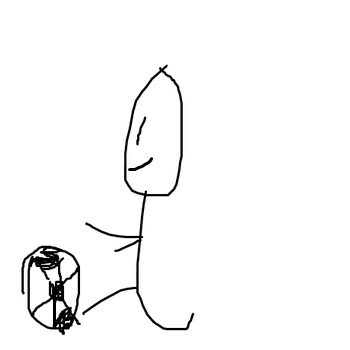What's the difference between: undefined, does not exit and infinity?
3 Answers
infinity is the term we apply to a value which is greater than any finite value we can specify.
For example,
No matter what number we chose (e.g. 9,999,999,999) it can be demonstrated that the value of this expression is larger.
undefined means that the value can not be derived using standard rules and that it has not be defined as a special case with a special value; typically this occurs because a standard operation can not be meaningfully applied.
For example
is undefined (since division is defined to be the inverse of multiplication and there is no value which when multiplied by
does not exist may have three possible interpretations.
- A value may not exist within a "Universe of Discourse". For example
#sqrt(-38)# does not exist within#RR# . - A value may not exist because different approaches to determining its value give different results. For example,
#Sigma_(i=0)^(oo) (-1)^i# can be grouped in various ways to given any integer result. - A value may not exist because a solution for the value is logically impossible. For example,
the solution for#x# in the equation#x+3 = x+4#
The difference between "undefined" and "does not exist" is subtle and sometimes irrelevant or non-existent.
Most textbook definitions of slope of a line say something like:
The line through points
This definition implicitly leaves the slope of the line through points
I would probably contend that things that are not defined do not exist.
(Or maybe I wouldn't. See Alan P's comments and my responses.)
An analogy:
I can tell you what a unicorn, or a bigfoot is. They are defined. But they do not exist. (If someone doesn't like my examples, choose any other beast or being that you can define, but that you consider purely mythological.)
The jabberwocky is not defined, and it also does not exist.
(Nor do slithy toves, nor wabes.) These words are from Lewis Carrol's poem Jabberwocky. If you haven't read it, find it online and read it.
Mathematics
I am willing to entertain the notion that I can define the derivative of
Infinity is used in different ways in different contexts in and outside of mathematics.
I teach my students that in calculus, writing
"
is a convenient way of writing
"
And writing "
In interval notation:
I'm sorry to be so long-winded, but i have definite views that I cannot explain in a few sentences.
Additional point:
The solution to
It is certainly not "infinity"


